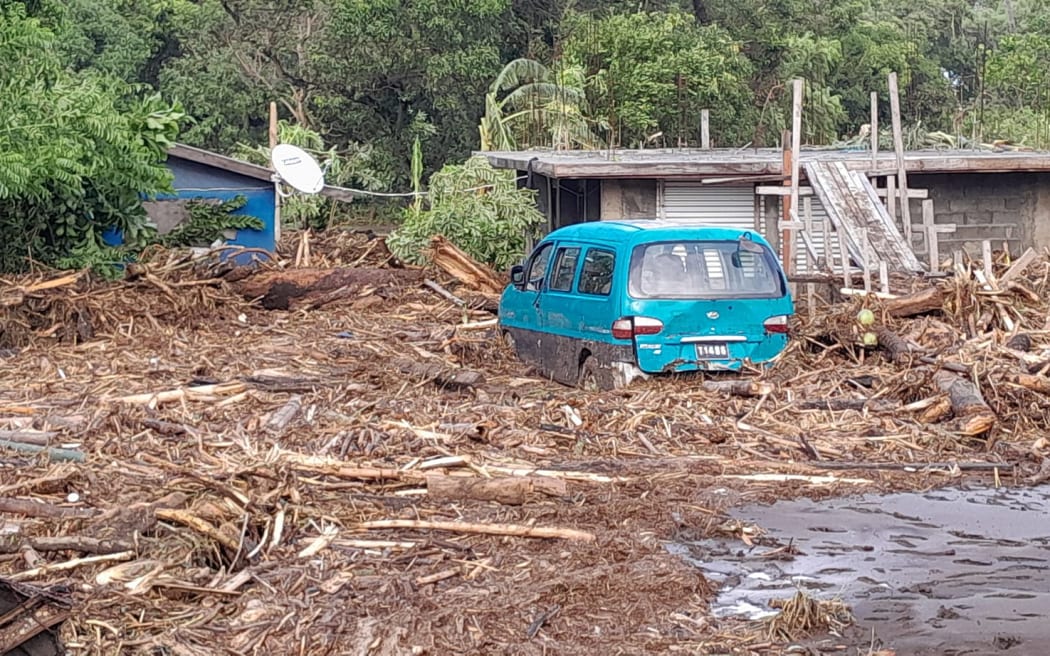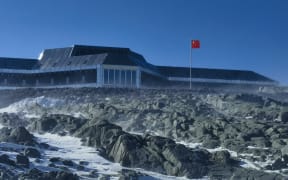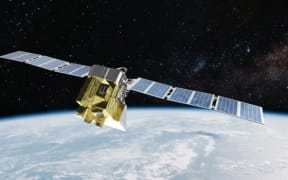
Damage from 2023's Cyclone Judy in Vanuatu. Photo: VBTC
The co-author of a new study illustrating the severity of hurricanes and cyclones says the winds in the strongest storms are getting stronger because of climate change.
The study, published earlier this month on Proceedings of the National Academy of Sciences, used the example of a hypothetical category 6 storm to aim to raise awareness that climate change is making the most severe tropical cyclones even more so.
Researcher Michael Wehner said climate change-induced, more severe storms had already arrived.
"Our main purpose here was to raise awareness that the worst storms have already gotten worse," Wehner told RNZ Pacific.
"One way to get that message across was to use this well-used but maybe misunderstood Saffir-Simpson hurricane wind scale."
The Saffir-Simpson Hurricane Wind Scale is a 1 to 5 rating based on a hurricane's maximum sustained wind speed. This ranges from category 1, with speeds of 119-153 kilometres per hour, to category 5, with winds of 252 km/h or higher.
Wehner said he and co-author James Kossin did not expect a category 6 to be added to the official channels, but they wanted to use the scale to say it did not describe the most intense storms which were occurring now because of climate change.
"We looked at the satellite record from about 1980 to 2020 or so, and found that the only storms that would reach this threshold of category 6, of 192 miles per hour [about 309 km/h], were in the last decade," he said.
"Then we looked also at something called the potential intensity, which is a theoretical concept of the speed limit on a hurricane or tropical cyclone. And found that at this threshold that we picked, there was essentially no risk of such storms in 1980."
But there is a substantial risk, particularly in the western Pacific, of such storms now.
"Four have occurred in the western Pacific and then one, Hurricane Patricia, in the eastern Pacific," Wehner said.
As dangerous as a large tropical cyclone is, and what people might be used to, is no longer the norm, he said.
"Super-charged storms are now occurring at magnitudes that had never been seen before. And that we expect that to continue as global warming continues.
"So the risks, the hazards that are associated with these kinds of storms - which we quantified only by the wind metric - but the other hazards also increase. The storm surge is driven by winds; if the winds are stronger, the storm surge is going to be larger.
"Indeed, also, the rainfall will be increased, and actually, in another series of papers we have quantified for many tropical cyclones that climate change has already substantially increased rainfall."
NIWA climate scientist Sam Dean said as the oceans heat from greenhouse gases, cyclones gained more energy from the warm ocean, and hotter air carried more water vapour, which fuelled them further.
Wehner said their paper had also drawn attention to "why a single number is not really adequate to warn the public of the danger".
"There are those who advocate that we should scrap the scale completely. And I would not disagree with that."





